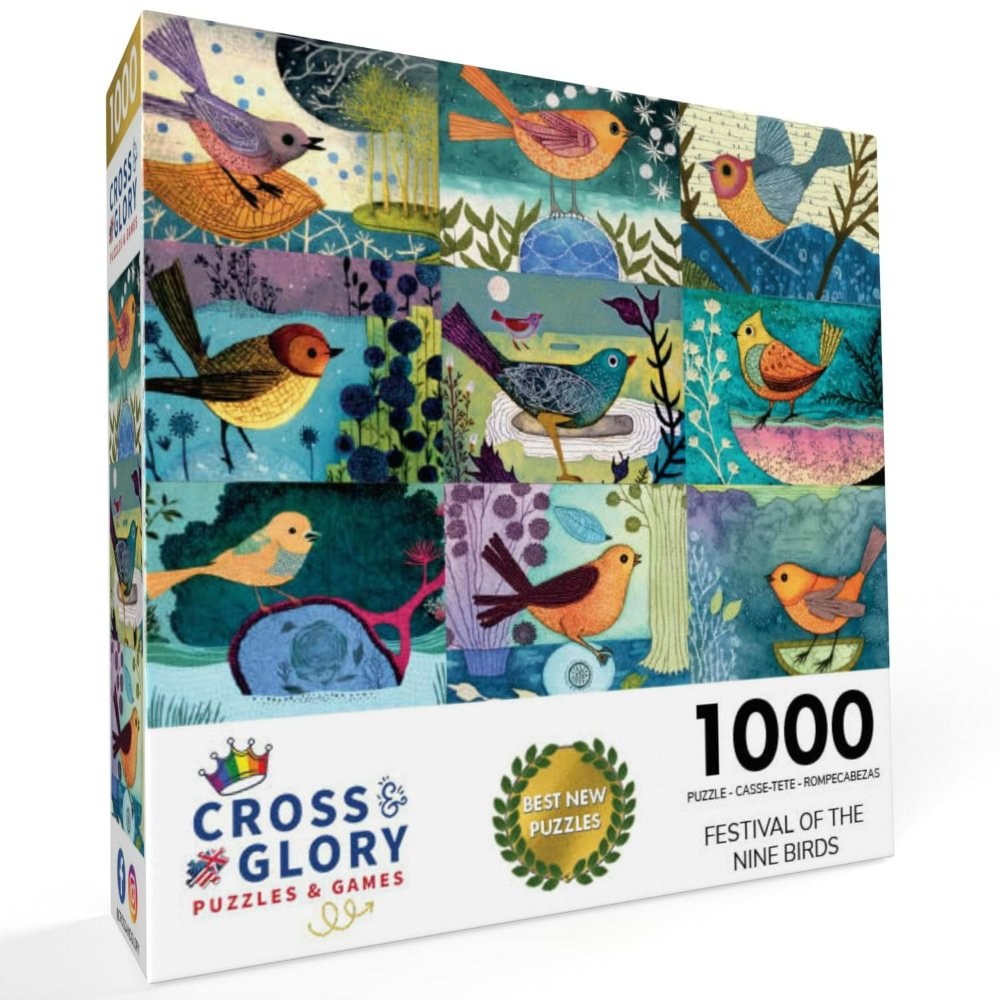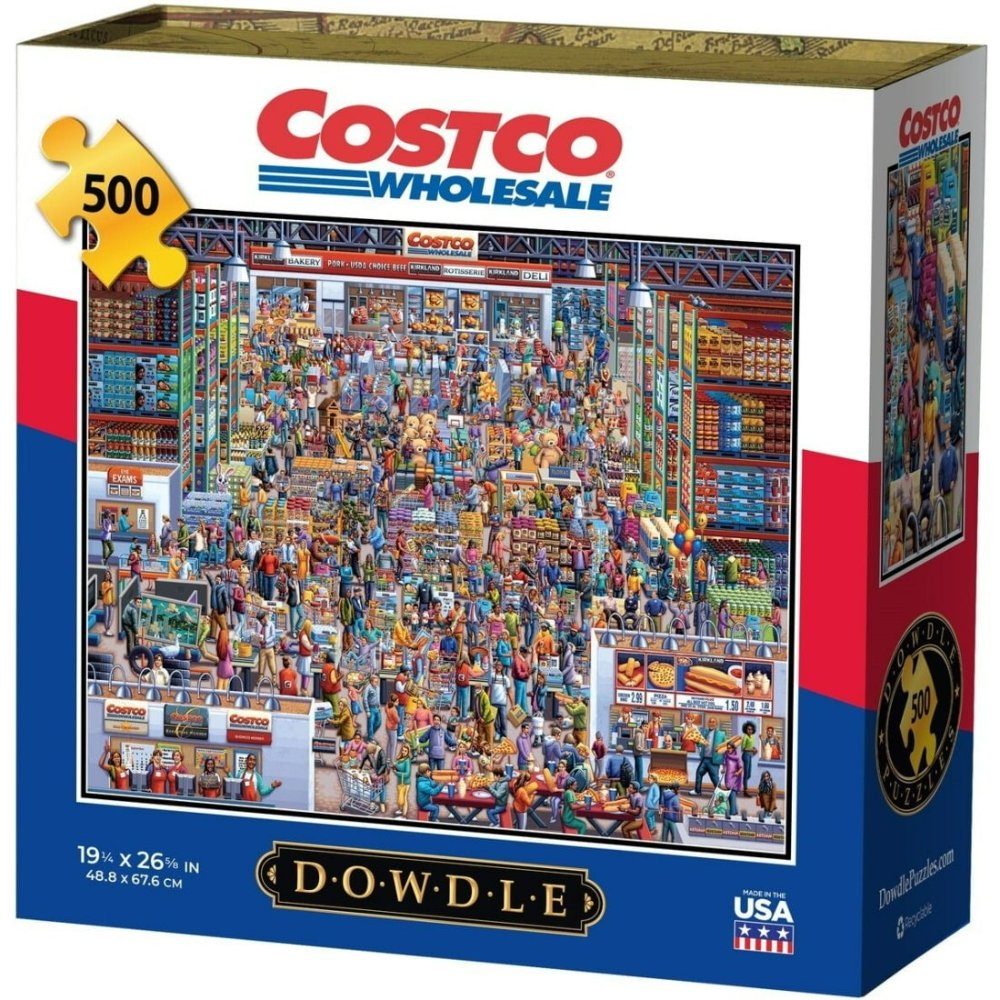What Are Rebus Puzzles?
Rebus puzzles are picture-based puzzles. They use images, numbers, and symbols to represent words or phrases. When you solve a rebus puzzle, you’re decoding a message. It’s like a visual word play. Rebus puzzles challenge your brain in a fun and unique way.
The Origin and History of Rebus Puzzles
Rebuses have a deep history, tracing back to ancient times. Medievals used them on coats of arms. They showed family names without using words. For many, rebuses were easy to recognize, even for those who couldn’t read. Ancient Egyptians also used them. They read hieroglyphs in a rebus style. Nobles and knights embraced the trend, as did the common folk. In France, during the 16th century, rebuses grew popular as puzzles. Then, Japan’s Edo period saw them appear. Over time, they spread across Europe and into other cultures.
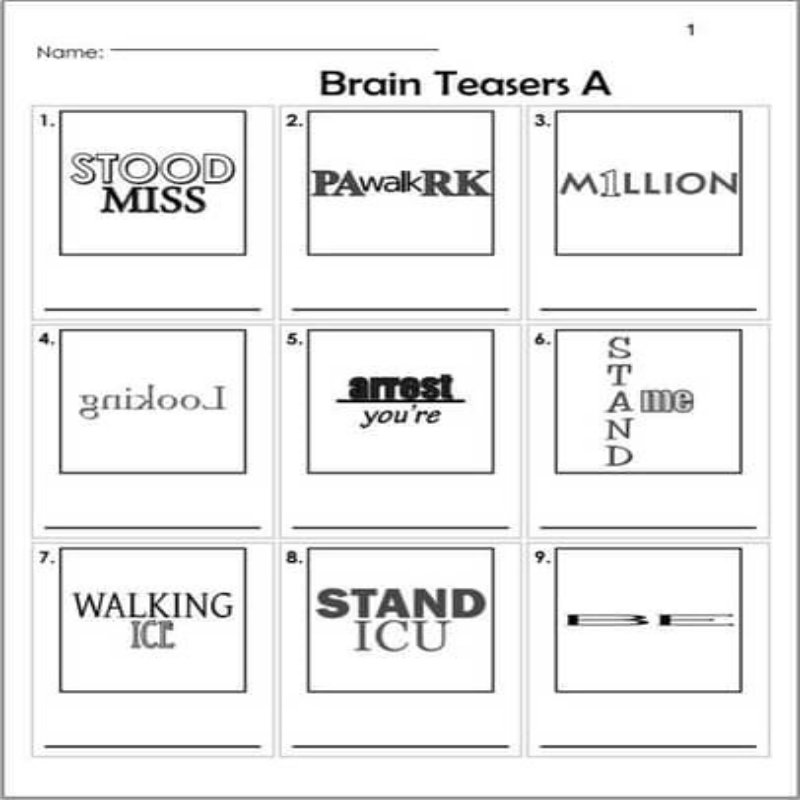
How Rebus Puzzles Work and Their Lingo
Rebus puzzles are about matching symbols with sounds. They form words and phrases. ‘Rebus’ comes from Latin, meaning ‘by things, not by words’. To solve rebuses, you need to think outside the box. Each image, number, or symbol stands for a sound or a part of a word. For example, an image of an eye could mean ‘I’. Rebuses use a lingo all their own. Solvers learn to see the pictures as parts of speech and combine them. This makes for a clever way to convey messages.
Benefits of Solving Rebus Puzzles
Solving rebus puzzles offers many benefits. It trains the brain to think differently, encouraging problem-solving skills and creative thinking. When we work on these puzzles, we engage in lateral thinking. This type of thinking requires seeing things from new angles. It boosts mental flexibility. People of all ages can enjoy and learn from these puzzles. They offer a fun break from traditional learning or work activities.
Lateral Thinking and Mental Exercise
Rebus puzzles with answers provide a mental workout. They strengthen lateral thinking skills. This is the ability to look at problems in new, innovative ways. Solving these puzzles can be tough at first. But with practice, it gets easier and more enjoyable. They require observation, knowledge, and the ability to connect clues. Teachers find them useful for higher-level ESL learners. They help students understand and use English in playful, engaging ways. The mental exercise they provide can also be stress-relieving. It’s rewarding to solve these visual brain teasers.
Use in Educational Settings
In education, rebus puzzles are valuable resources. They teach students to think outside the standard approaches to problem-solving. Teachers use them to introduce new vocabulary or concepts in a memorable way. Rebuses also make great group activities. They encourage teamwork and communication among students. They can be a fun challenge for individuals or a whole class to tackle together. Furthermore, they offer a way to connect talented students visually and linguistically. That’s why teachers and educators often seek out such stimulating tasks. Puzzle-solving sessions can result in a lively, enjoyable learning environment.
Setting Up Rebus Puzzles for Beginners
When introducing rebus puzzles to beginners, it’s vital to start simply. For someone new to rebuses, complex puzzles can be discouraging. Let’s explore effective ways to introduce and engage first-time solvers.
Introducing Rebus Puzzles to Newcomers
Begin by explaining what a rebus puzzle is: a visual representation of words or phrases. Use clear examples to show how images and symbols can represent different sounds or words. For instance, illustrate how an image of an eye stands for ‘I’, a heart for ‘love’, or the number ‘8’ for ‘ate’. It helps to use familiar words and simple symbols initially. Reinforce the idea that solving rebus puzzles is not only fun but also a good brain exercise. This encouragement will make newcomers eager to try more.
Strategies for Decoding Rebuses
To help beginners decode rebus puzzles, provide strategies and tips. Encourage them to break the puzzle into components and focus on individual symbols. It might be helpful to guide them on how the arrangement of symbols can alter their meaning. Remind them that patience is key, and each puzzle could take some time to solve. Provide periodic hints to keep their interest if they struggle. Optionally, starting with puzzles that have answers available can help them learn through trial and error, building confidence as they understand the puzzle setup.
Examples of Rebus Puzzles and Their Solutions
To truly understand the allure of rebus puzzles with answers, let’s look at some examples ranging in difficulty. The solutions not only serve to clarify how these brainteasers work, but they also offer a gratifying sense of accomplishment upon revelation. Seeing these examples can aid beginners in getting the hang of it and challenge seasoned solvers.
The Simplicity of Basic Rebus Puzzles
Simple rebus puzzles are perfect for beginners. They usually involve a straightforward combination of images and concepts. For instance, a picture of a bee followed by a picture of a leaf could represent the word ‘belief’ (bee-leaf). Another example might display the number ‘2’ adjacent to a ‘can’ — ‘toucan’. These types of puzzles often have solutions that are quick to grasp, helping newcomers build confidence.
Challenging Puzzles for Experienced Solvers
For those who have mastered basic rebuses, the next step is tackling more complex puzzles. Imagine the letters ‘P’ and ‘NOO’ standing side by side; when you place ‘P’ in ‘NOO’, you get ‘piano’, a more nuanced challenge. An advanced puzzle might depict an ‘ear’ next to the number ‘2’ and a table; combine these for ‘irritable’ (ear-2-table). These require deeper thought and a more robust vocabulary, presenting a rewarding trial for adept puzzle enthusiasts.
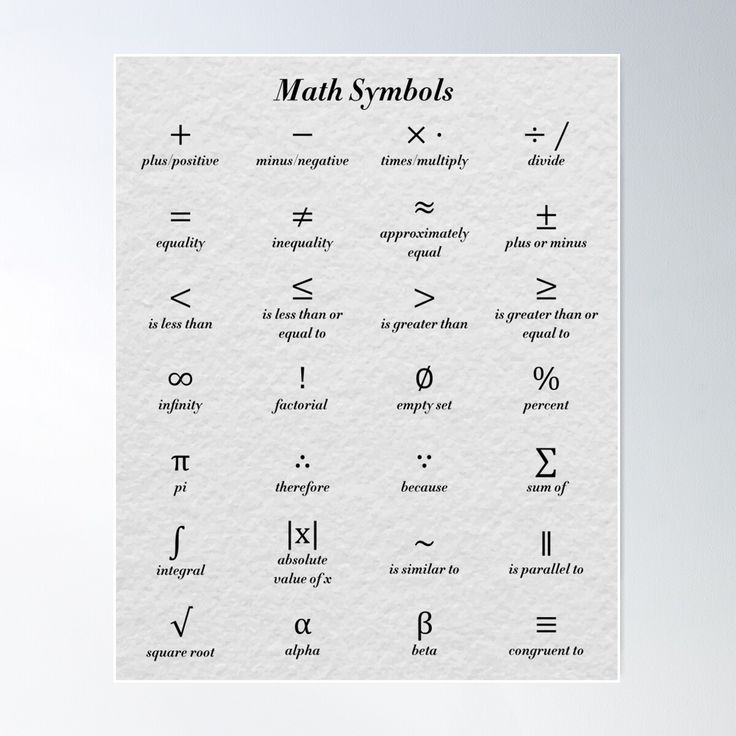
Tips and Tricks for Creating Your Own Rebus Puzzles
Creating your own rebus puzzles with answers can sharpen your creativity. This section outlines helpful tips and resources for crafting these visual brainteasers.
Tools and Resources for Puzzle Design
To start designing rebus puzzles, you’ll need some basic tools. Use drawing software or a simple pen and paper to sketch your ideas. Websites with clipart or free image resources can help you find symbols and pictures. For digital design, tools like Adobe Illustrator or free alternatives such as Canva work well. They allow you to manipulate text and images easily. If you prefer a more structured approach, consider rebus puzzle generators online. These can provide a basic framework that you can tweak to add complexity.
Engaging an Audience with Creative Rebuses
To captivate an audience with your rebus puzzles, make them relatable and entertaining. Start with familiar phrases or current slang to pique interest. Design puzzles that vary in difficulty. This will cater to beginners as well as seasoned solvers. Organize your rebuses into themes, such as holidays or popular culture, to maintain engagement. Sharing them on social media or in newsletters can attract a wide audience. Encourage people to share their solutions or create puzzles of their own, fostering a community of puzzle enthusiasts.
Printable Rebus Puzzles for Your Enjoyment
Finding printable rebus puzzles with answers can be thrilling and convenient. They are great for personal use or educational settings. Below are tips on where to find these puzzles and ideas for sharing them.
Where to Find Rebus Puzzles to Print
You can discover rebus puzzles to print online. Websites offer varied collections that cater to all levels. Always look for sites that update regularly. This ensures fresh and challenging puzzles. Some sites even categorize puzzles by difficulty. Also, schools or libraries may have collections of these puzzles in PDF format. Download them easily for classroom activities or leisure.
Sharing and Collaborating on Rebus Puzzles
Sharing rebus puzzles can enhance the fun. Social media platforms are perfect for this. Post your favorite puzzles and challenge friends to solve them. Online forums dedicated to puzzles also offer a great space. Here, enthusiasts gather to solve and discuss rebus puzzles. You can also form a puzzle club at your school or community center. Collaborative solving enhances problem-solving skills and encourages cooperation. Whether for fun or education, these activities foster a sense of community among solvers.
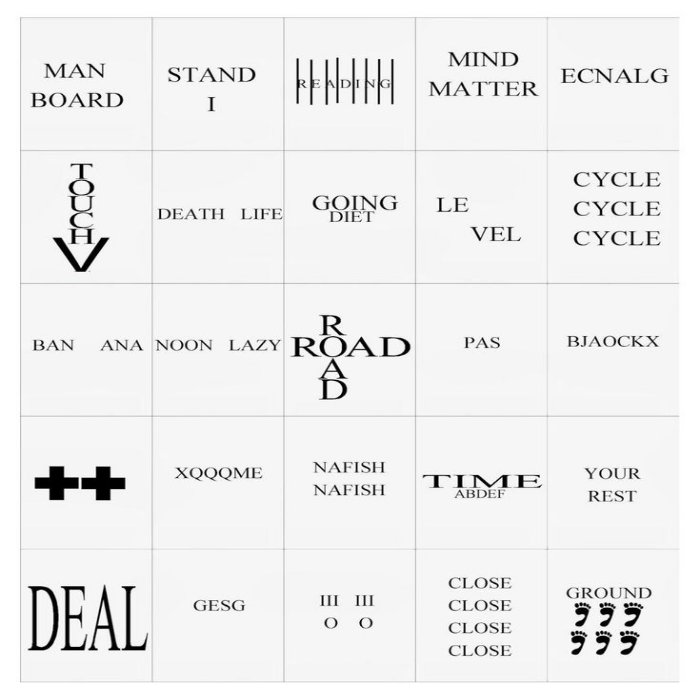
Conclusion
Rebus puzzles have withstood the test of time. Their charm lies in their simplicity and depth. They bridge languages and cultures with visual wit. Both young and old find joy and challenge in these puzzles.
The Lasting Appeal of Rebus Puzzles
The appeal of rebus puzzles is timeless. They evoke curiosity and demand creativity. People enjoy decoding messages from pictures and symbols. This makes rebuses endlessly engaging and universally appealing.
Encouragement to Keep Solving and Creating Rebuses
Keep challenging yourself with rebus puzzles. Try to solve different ones regularly. If you’re feeling creative, try making your own puzzles. Share them with friends or online communities. This keeps the tradition alive and thriving. Together, we can continue to enjoy and expand the world of rebus puzzles.

